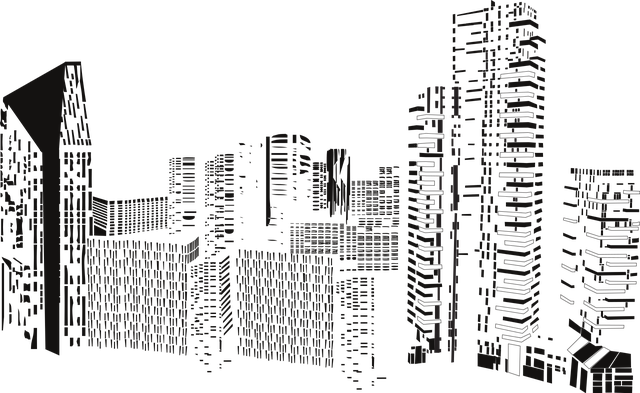“Enhance your New Bedford, Massachusetts home with a timeless and elegant wooden fence. This comprehensive guide delves into the intricacies of installing a durable and aesthetically pleasing wood fence. From understanding local regulations to mastering the step-by-step installation process, we equip homeowners with the knowledge to make informed decisions. Discover the benefits of wood fences, from increased property value to enhanced privacy, and explore essential considerations for a successful project. Whether you’re aiming for a classic or contemporary look, this article is your go-to resource.”
- Understanding Wooden Fence Requirements for New Bedford Homes
- The Installation Process: Step-by-Step Guide for Residents
- Benefits of Choosing Wood Fences for Your Property
- Local Regulations and Permits: What Every Homeowner Should Know
Understanding Wooden Fence Requirements for New Bedford Homes
When considering a wooden fence installation in New Bedford, Massachusetts, understanding the specific requirements is essential to ensure a successful and aesthetically pleasing outcome. The first step involves assessing the purpose of the fence; whether it’s for privacy, security, or simply to enhance the curb appeal of your home. Each purpose has unique considerations. For instance, a privacy fence might require taller panels with intricate designs, while a security fence would focus more on robust materials and strength.
The local climate also plays a significant role in wooden fence installation. New Bedford’s weather patterns, including harsh winters and humid summers, can impact the choice of wood species and treatment methods. Treated cedar or pine are popular choices due to their natural resistance to rot and insect damage. Additionally, proper fencing posts placement and spacing is crucial for stability, especially in areas prone to strong winds.
The Installation Process: Step-by-Step Guide for Residents
Installing a wooden fence can be a rewarding DIY project, but it requires careful planning and execution to ensure a durable and aesthetically pleasing result. Here’s a simple step-by-step guide for New Bedford residents looking to install their own wooden fence:
1. Plan Your Fence: Start by measuring the area where you want the fence to go. Decide on the style, height, and type of wood that best fits your needs and preferences. Obtain any necessary permits from local authorities before beginning construction. Create a detailed layout, including post placement, to ensure precise measurements and alignment.
2. Prepare the Ground: Clear the ground of any debris, vegetation, or obstructions. Dig holes for the fence posts, ensuring they are deep enough to provide stability (typically around one-third of the post’s height). Level the holes with sand if necessary, then place a piece of concrete in each hole to secure the posts. Allow the concrete to dry completely before proceeding.
Benefits of Choosing Wood Fences for Your Property
Wood fences offer numerous advantages when it comes to enhancing your property. One of the most appealing attributes is their aesthetic appeal; natural wood adds warmth and character to any outdoor space, creating a welcoming atmosphere. With various styles, colors, and finishes available, you can customize your fence to match your home’s architecture or create a unique design that reflects your personal style.
Additionally, wood fences provide excellent privacy and security for your property. They can be installed at different heights, offering a barrier that keeps intruders out while allowing you to enjoy the fresh air and natural views. Wood is also an eco-friendly choice due to its renewability and recyclability, making it a sustainable option for those conscious about their environmental impact.
Local Regulations and Permits: What Every Homeowner Should Know
Before installing a wooden fence in New Bedford, Massachusetts, homeowners should familiarize themselves with local regulations and permit requirements. These guidelines are put in place to maintain neighborhood standards and ensure safety. Check with the local building department or town clerk’s office to understand specific rules regarding fence height, materials, and placement. Permits may be necessary for installations, and failing to obtain them could result in fines.
It is crucial to know that some areas have restrictions on certain types of fencing, such as privacy fences or chain-link fences. Additionally, property lines and setback regulations must be considered to avoid legal issues with neighbors. Understanding these local laws will ensure a smooth fence installation process and help prevent any potential disputes.
